OK, this is more detective work than it's actually worth, but let's give it a shot:
- We're dealing with a US-American appliance, so 120V
- The power cord looks bifurcated – which would be very untypical for the European market for the late 80s/very early 90s (which is the era that the manual's font suggests)
- This is a Sony device
- because it recommends Sony batteries and a sony-specific remote control family
- This cable carries up to 10A, and one really has to dimension for that continuous current
- the manual says "2 switchable AC outlets", so no matter how low the power consumption of the receiver itself is, we cannot risk it starting a fire later on
- the cable says "AWG18", also suggesting the 10A are expected
- at 120V, the rated 150 W power (however you end up with a 2×80W output rating with less than 160W input rating… marketing) would be only a bit above 1A, but the fact that there's additional outlets really is the game changer here: saving money on the supply plug might start a fire later on.
My best bet is this is the Sony STR-GX 5 ES, as that has the right amplifier output power claim, and was manufactured 1988–1989.
That all in all says that you can do this with a plug/cable combination actually rated for 10A – but as others have said, the IEC C7 is officially only rated for 2.5 A, and the polarized version of it is proprietary. So you need to check with the vendor of said plug, and said cable, that you actually get something tested and rated for 10 A. That has downsides: you or someone else might later on just use a cheaper cable, which then could potentially pretty hot.
I'm by no means an expert in North American appliances, so, I don't know whether there's feasible alternatives to a polarized modification of IEC C7; if you can, I'd try to get IEC C17/C18 – but I'll be honest, as a European I can remember but a single device in my whole life that had that plug. C18 has the advantage that you can plug in the very ubiquitous C13 cable.

